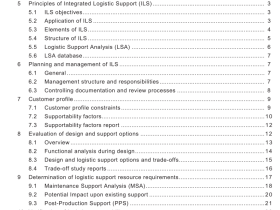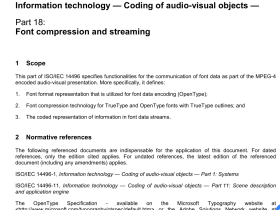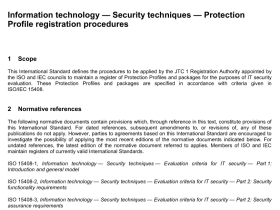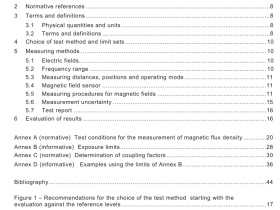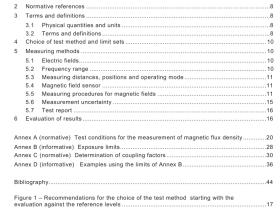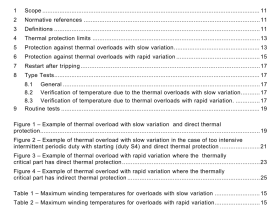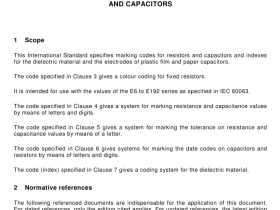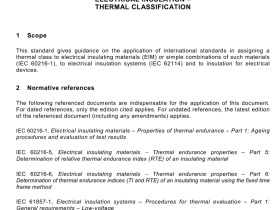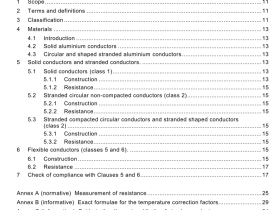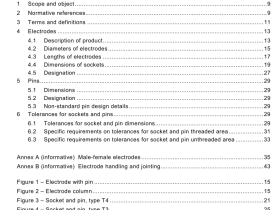ISO IEC 14957 pdf download
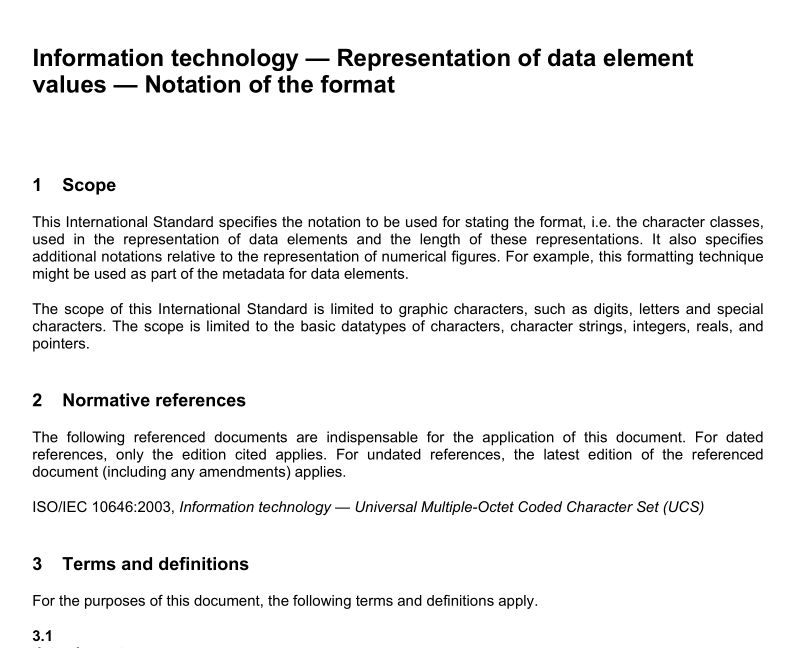
ISO IEC 14957 pdf download Information technology — Representation of data element values — Notation of the format
The conversion specifiers and their meanings are as follows.
⎯ d matches an optionally signed decimal integer, whose format is the same as expected for the subject sequence of the strtol() function with the value 10 for the base argument. Example: “%d” matches “17”, but not “1.0”, “17H”, “ABC”; “%03d” matches “017”, “000”, “017”, but not “1000”. Note: “%d0” will not match any string.
⎯ i matches an optionally signed integer, whose format is the same as expected for the subject sequence of the strtol function with the value 0 for the base argument. Example: “%i” matches “+17”, “17”, “-17”, but not “1.0”, “+17H”.
⎯ o matches an optionally signed octal integer, whose format is the same as expected for the subject sequence of the strtoul function with the value 8 for the base argument. Example: “%o” matches “0123”, “-456”, but not “0789”.
⎯ u matches an optionally signed decimal integer, whose format is the same as expected for the subject sequence of the strtoul function with the value 10 for the base argument. Example: “%u” matches “17”, but not “+17”, “-17”.
⎯ x matches an optionally signed hexadecimal integer, whose format is the same as expected for the subject sequence of the strtoul function with the value 16 for the base argument. Example: “%x” matches “013EF”, “-013ef”, but not “013EFG”.
⎯ a,e,f,g match 2 an optionally signed floating-point number, infinity, or NaN, whose format is the same as expected for the subject sequence of the strtod function. The corresponding argument shall be a pointer to floating. Example: “%f” matches “1.2E10”, “+1.2E+10”, “-1.2e-10”, “infinity, “nan” but not “1.2F10”, “nan”.
⎯ c matches a sequence of characters of exactly the number specified by the field width (1 if no field width is present in the directive). If length modifier is present, the input shall be a sequence of characters. Examples: “%c” matches “X” but not “XY”; “%2c” matches “XY”.
⎯ s matches a sequence of non-space characters. If length modifier is present, the input shall be a sequence of characters. Examples: “%s” matches “123abc”, “123abcd”, “” but not “123 abc”.
⎯ [ matches a nonempty sequence of characters from a set of expected characters (the scanset). The conversion specifier includes all subsequent characters in the format string, up to and including the matching right bracket . The characters between the brackets (the scanlist) compose the scanset, unless the character after the left bracket is a circumflex , in which case the scanset contains all characters that do not appear in the scanlist between the circumflex and the right bracket. If the conversion specifier begins with or, the right bracket character is in the scanlist and the next following right bracket character is the matching right bracket that ends the specification; otherwise the first following right bracket character is the one that ends the specification. If a character is in the scanlist and is not the first, nor the second where the first character is a ^ , nor the last character, the behavior is implementation-defined. Examples: “abc[ad-f]” matches “abca”, “abcd”, “abce”, “abcf”, but not “abc”, “abcg”; “abc[^d-f]” matches “abcg” but not “abc”, “abcd”.
